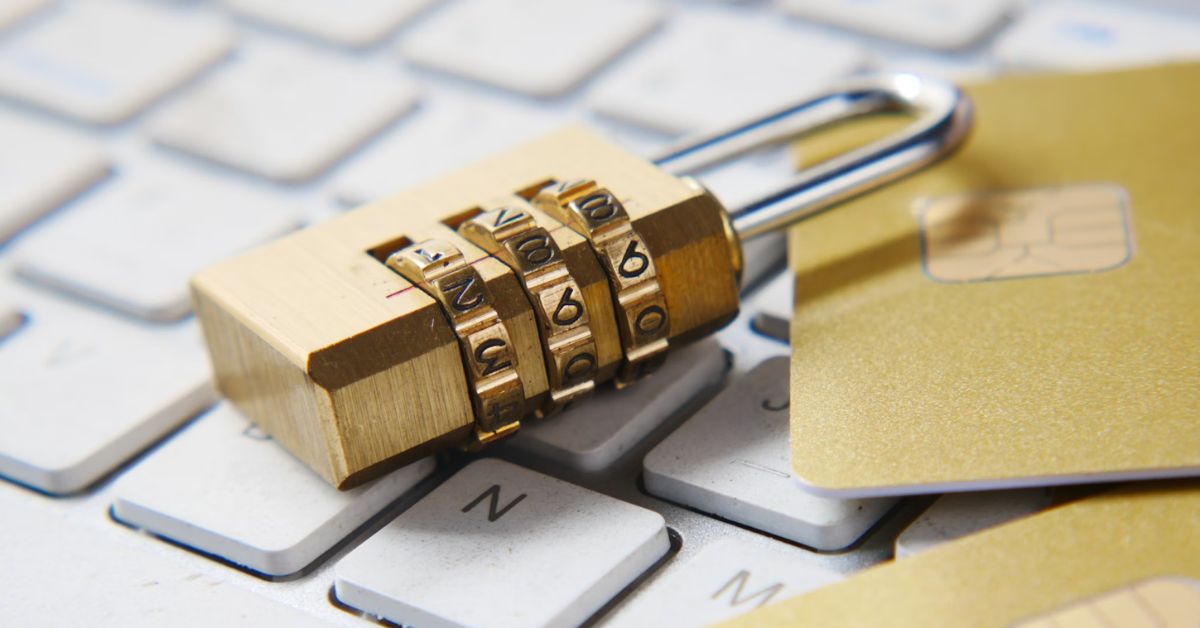How Identity Theft Occurs and Why You Need Protection
You know that feeling when you’ve been a victim of identity theft? It’s the worst. Some shady character gets ahold of your personal information and goes on a shopping spree with your good name. Suddenly you’re getting calls from collections agencies about purchases you never made. Your credit score takes a nosedive. It can take ages to clean up the mess and get your finances back on track. Nobody wants to go through that hassle. The good news is there are steps you can take to lock down your personal info and keep identity thieves at bay. Arm yourself with knowledge and take action to fortify your defenses. Read on to discover some simple but powerful ways to safeguard your identity and protect yourself from fraud. With a few preventative measures, you can help ensure your protection from identity theft.
10 Ways to Safeguard Your Personal Information From Identity Theft
Online shopping.
When you enter your personal information on websites, it can be an easy target for identity thieves who hack accounts or install malware to steal data. Always check that sites use encryption and strong passwords.
Phishing emails.
Watch out for unsolicited messages asking for sensitive data like account numbers, social security numbers or passwords. Legitimate companies don’t ask for that information via email. Delete phishing emails immediately.
Physical theft.
Don’t leave personal documents, credit cards or electronics unattended in public places where thieves can easily swipe them. Keep all sensitive items secured in your home.
Spyware and keylogging software.
Malware installed on your devices can record everything you type, like account numbers, passwords and social security numbers. Use reputable anti-malware software to scan regularly.
Shoulder surfing.
Be cautious when entering PINs at ATMs or providing sensitive data in public. Thieves may try peering over your shoulder to steal information. Shield keypads or keyboards when typing.
Data breaches.
Even with precautions, data breaches at companies you do business with can compromise your information. Monitor accounts and credit reports regularly for signs of fraud. Consider using a credit freeze to lock access to your credit reports.
Staying vigilant and taking proactive steps to safeguard your data will reduce your risk of becoming a victim. But if identity theft still occurs, take action quickly to limit the damage. Your personal information is worth protecting.
Recovering From Identity Theft: Steps to Take if You Become a Victim
Be wary of phishing emails and malicious links
Never click links or download attachments from unsolicited emails. Many phishing emails contain malware or links to malicious websites designed to steal your information.
Use strong and unique passwords
Use a minimum of 10 characters, numbers, symbols and a mix of upper and lower case letters. Don’t reuse the same password across websites. For extra security, use a password manager tool.
Monitor financial statements regularly
Check monthly bank and credit card statements carefully for any unauthorized charges or activity. Report anything suspicious immediately.
Be cautious when shopping online
Only shop on legitimate websites and be wary of unsolicited messages with links or attachments. Never enter payment info on a public computer or Wi-Fi.
Shred sensitive documents
Shred bank statements, expired credit/debit cards, insurance papers, utility bills or anything containing personal information before throwing them out.
Be wary what personal details, photos, locations, and information you share on social media platforms. Ensure you have maximum privacy settings on all accounts.
Monitor your credit report and scores
Check your credit report from one of the three bureaus at least once a year for signs of fraud like unauthorized accounts or charges. Monitor credit scores for changes.
Be careful with public Wi-Fi and personal devices
Public Wi-Fi networks are prime areas for cybercriminals to snoop on your online activity and steal data. Use a VPN if possible and avoid conducting sensitive tasks on public Wi-Fi. Keep all personal devices password protected with the latest security updates.
Stay alert for signs of identity theft
Look out for bills, credit cards or accounts you don’t recognize, being denied loans or credit unexpectedly or notices from debt collectors for amounts you don’t owe. Report any suspected fraud immediately.
Consider a credit freeze
Freezing your credit, also known as a security freeze, locks access to your credit reports and scores. This can help prevent identity thieves from opening unauthorized accounts in your name. You can temporarily lift the freeze when needed for legitimate purposes.











